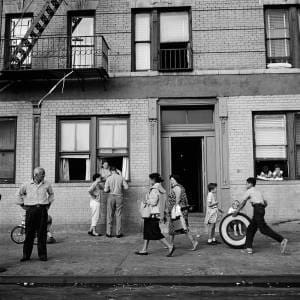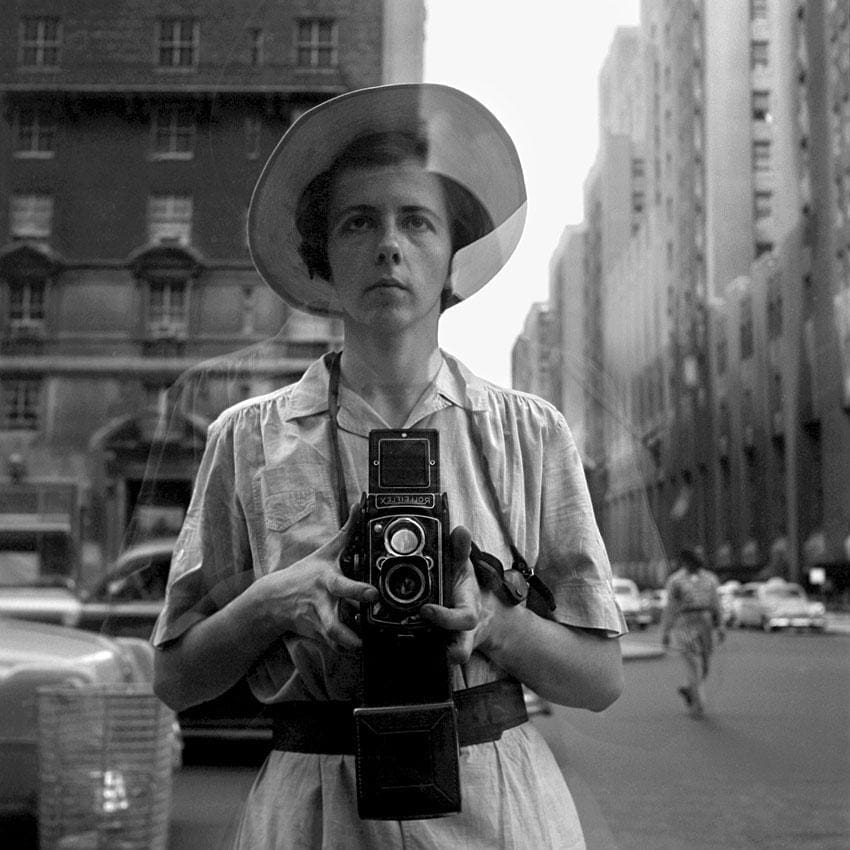
"I came to you with my life.
-Vivian Maier
Born in 1926, Vivian Maier is an enigmatic talent, an enigmatic street photographer who traces details in everyday life.
She was called a nanny during her lifetime and an artist after her death. So what was her story, what made us remember her as a street photographer?
Vivian Maier, whose belongings in storage were put up for sale due to debts, was discovered thanks to the photographic negatives she left behind.
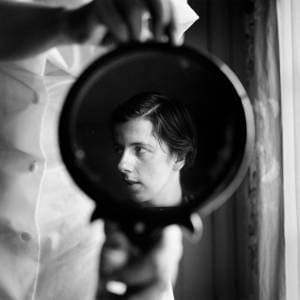
Self-Portrait, 1955
John Maloof was researching old photographs of Chicago for a book he was writing when he bought a box of negatives at an auction. He found nothing in the box that would be useful for his book, but there was something more important: These photographs were too valuable to fit in a box. Maloof reached out to other buyers of the negatives and put all the boxes together. He contacted many galleries to exhibit them, but the response was negative. Not giving up, Maloof created a blog with about 200 photographs and asked people the following question: "What can I do with these photos? The response has been incredible...and the world is getting to know Vivian Maier.
"Of course you want to know the person behind it," says Maloof. Who was it? A journalist or a professional photographer?
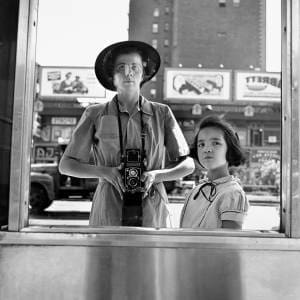
Self-Portrait, 1953
She was a nanny. She had no family, no children...Maloof's interest grew as he discovered Maier's undeveloped negatives, undeveloped rolls of film, unedited films. He stumbled upon his name on the photographs. When he investigated, he found only one thing: an obituary. Vivian had died a few days earlier.
Strange to some, withdrawn to others, Vivian was actually full of life...
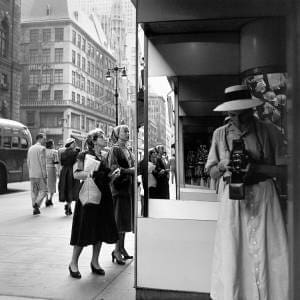
Self-Portrait, 1950s
Maloof reached out to the homes where she lived, the children she nannied and their families. The information he received was interesting. Vivian did not like to talk about herself. She was not easy to socialize with, but she was a good nanny. In the homes where she worked, she always kept her room - like her life - locked, hiding lives behind the door that no one ever saw. None of them had seen the photographs she took.
He had no training in photography, was passionate about his Rolleiflex camera, and had hidden thousands of lives in its frames.
1959, New York
Maier photographed urban human landscapes, often featuring the poor, children, the elderly, the marginalized and sometimes himself. Famous photographer Joel Meyerowitzosays of him: "She has a unique perspective and really understands human nature. Vivian's work is instantly recognizable. PhotographerMary Ellen Mark"He had a wonderful eye, a great sense of light and space, and both a humorous and a tragic side", according to the author.
The Rolleiflex camera with the viewfinder on top was very suitable for covert shooting. By holding it at the level of the abdomen, it would not attract anyone's attention, and it would sneak quietly into people's lives.
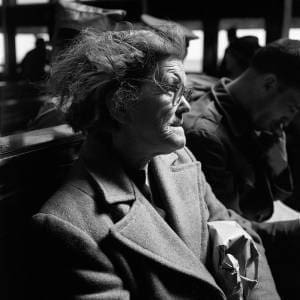
-Historic
Given that almost none of the works on display were printed by Maier himself, one of the questions that came to mind was his personal aesthetic and artistic vision.
Vivian knew she took good photographs, but for the rest of her life she never showed them to anyone.
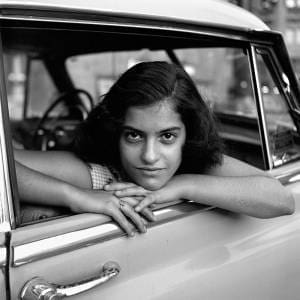
1956, Chicago
"I think her photographs show compassion, human tragedy, sacrifice and kindness. I see her as a very sensitive, disciplined and compassionate person, and that's probably why she's a babysitter. '' Joel Meyerowitz and adds: "Towards the end of his life, he may have had the thought: 'Why didn't I try harder?' Some people's character gets in the way. You have to push a little bit to make it work."
Could it be that he didn't care if people saw his photographs and therefore didn't print them?
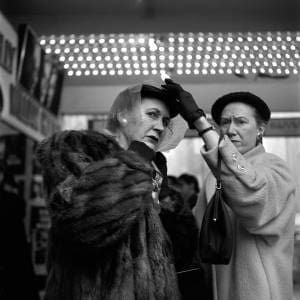
1955, New York
John Maloof initially thought this, but realized he was wrong when he found a letter written by Maier. The letter read as follows:
"Dear Mr. Simon, I often look at the old Champsaup photos you printed on postcards for me. They remind me of you. I would love us to work together, regardless of the distance between us. That's my problem. I want to have works like yours, but as you said, I'm difficult. I thought maybe I could send you some of my pictures for you to print. I have a lot of beautiful pictures I took with my new Rolleiflex camera. I have to admit they're not bad at all. When I said a pile just now, I really meant a pile.''
Maloof not only uncovered the photographs, he also made a documentary film with Charlie Siskel, "In Pursuit of Vivian Maier". Now her photographs were being exhibited in many countries.
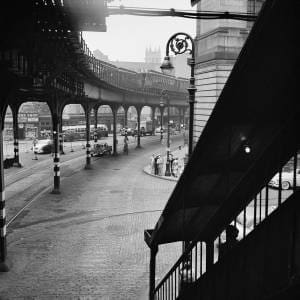
1954, New York
In some artistic circles, Vivian's work is still not recognized, but people embrace her photographs regardless of institutional approval. When Maloof bought the box, Vivian was just a nanny; today, according to many authorities, she is one of the best photographers of her time...
And how would Vivian feel if she were with us today?
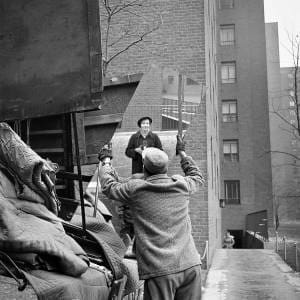
Self-Portrait, 1955
Would he be happy to have his photographs exhibited? Or would it make her uncomfortable? We will never know...The only clue is in Vivian's own audio recording, which she took thousands of photographs and never shared with anyone:
"I think nothing lasts forever. We have to make space for others, it's a wheel. When you get on it, you have to go all the way. And then someone else has the same opportunity to go to the end and so on. And someone else takes their place."
Vivian Maier's website where you can find her works: https://www.vivianmaier.com/
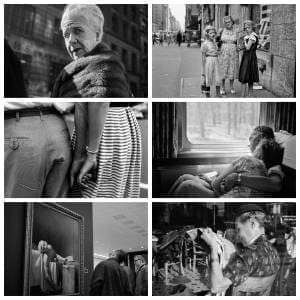
Source 1:Finding Vivian Maier Documentary Film, 2013
Source 2. John Maloof's Blog
For more blog posts: burakbulut.net/blog/
